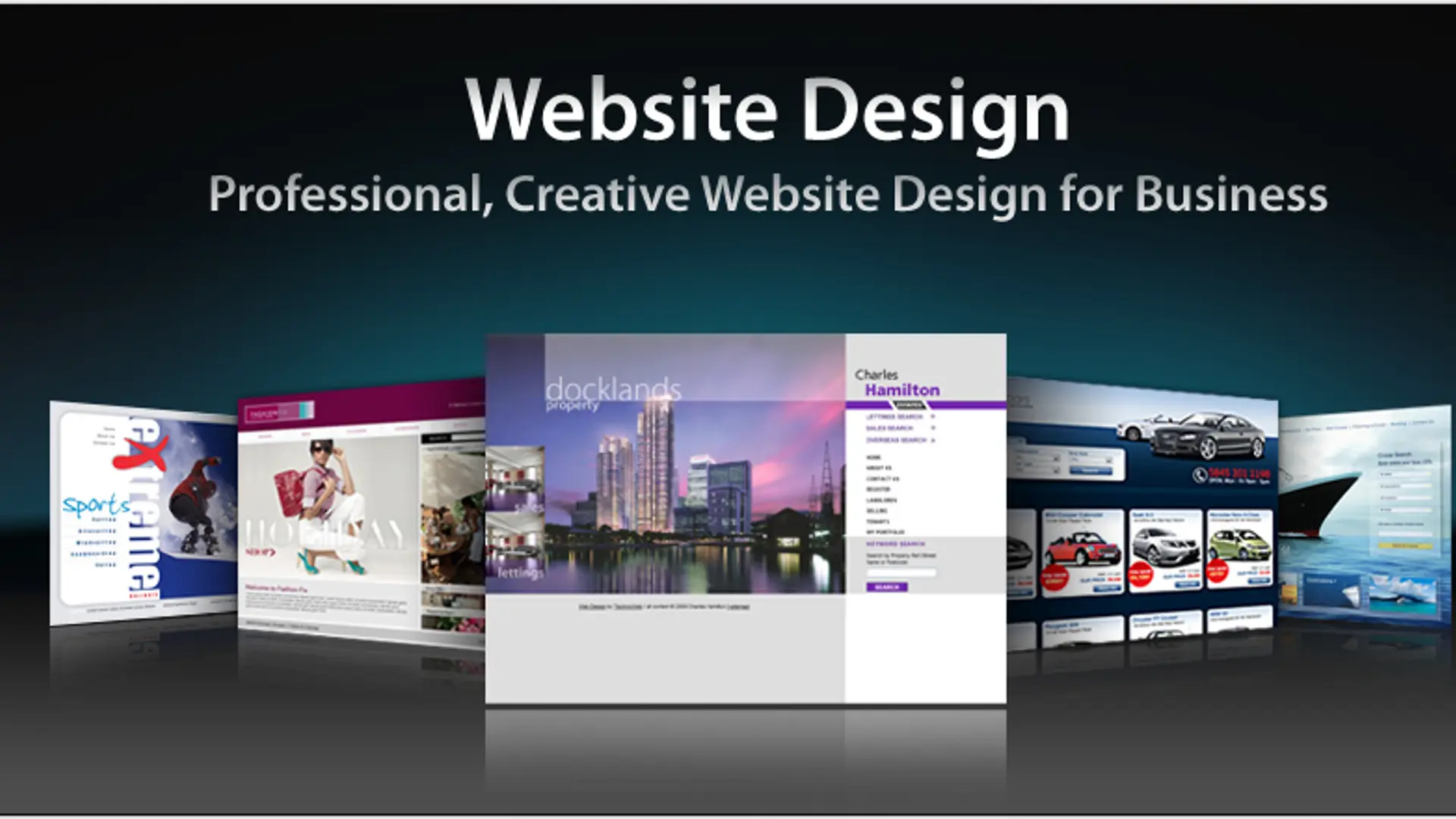

5 Steps Web Designing Process For Creating Stunning Websites
"Websites promote you 24/7: No employee will do that."
It is the year 2019 and online marketing is at its peak! Everyone wants to be champions of the internet world. In such a world, how you present yourself and your business matters a lot! Web designing plays a crucial role in ensuring that your website looks presentable online and gives you desired conversions and ROI.

Web designing is not a one-time thing instead, it is a continuous process that has a series of steps that need to be taken on a regular basis. Even though the requirements of each project are different, the procedure performed remains almost the same.
Website design not only focuses on how beautiful the visuals on a website are, but its importance goes much deeper than just visuals.
The following are the steps that your dedicated web designing team should undertake in order to create winning websites.
Step 1: Define your goals:
Before you jump to the designing process, here are a few questions you need to have answers of-
· What is the purpose of having a website? What goals should it accomplish?
· What is your target audience?
· What are the problems of the audience you will solve through your website?
· What are the primary goals that it has to achieve- informing, selling, getting the users to respond to a certain Call To Action like email signups?
· What are the top competitors in your niche area? How do their websites look like? What are its strengths and weaknesses?
After you have answers to these questions, prepare a creative brief that will give a direction to your entire web designing project. Conduct market research and competitor analysis for determining where your website or web application factors stand.
Step 2: Plan your strategy:
Often, the scope of the project keeps on expanding during the real design and development phase eventually requiring budget extensions. To avoid such unexpected occurrences during the designing process, it is better to keep a realistic scope. There are three main things to focus on during the planning phase:
i. Programming language and technology stacks:
The decision on technology stack is based on the website goals you set in the previous step. The decision on programming language and technology stacks etc should be taken within this stage. If the website has the objective of being a source of information to the audience, then content management systems like WordPress would meet your needs. Whereas, if you are looking to create an e-commerce website, robust web frameworks like Shopify or Magento will suit your needs.
Before choosing a particular programming language and technology stack, you must conduct a deep analysis to study the pros and cons of each technology.
ii. Sitemap and wireframes:
Sitemaps provide information about website architecture. If you build a website without deciding on your sitemap first, chances are your website will have an unorganized website structure. Sitemaps and wireframes are the blueprints of your website that helps in creating a final website. These act as guides that let the designers know what things should go where helping in organizing the overall content on the website.
iii. Content planning:
You must have heard the cliche - "content is king". Well, true. Content is the reason why your audience will want to visit your website. Thus, you need to have a well-planned content strategy in place. Content needs to be in sync with the overall SEO strategy to ensure that your website's content reaches its target audience. The kind of content you post on your website will decide your visibility in the search engine rankings.
Step 3: Design and develop:
For succeeding at having a fully functional winning website, you need to design the website's elements keeping in mind the existing brand elements. The color scheme of the site, the brand logo, and other interactive design elements should be added to the website depending upon what the brand stands for.
If your business is a startup, then it is comparatively easier for the web designer to choosing the website elements, but if your business is an established brand, it is important that the website design is in sync with the existing branding.
The design and the actual development process go hand in hand. The platform, technology, and framework that you decide in the initial stages play a key role in converting designs into actual functioning webpages.
Step 4: Conduct testing:
If you make your website go live without testing it first, there are high chances that your website will fail. Before making it go live, you need to conduct a number of different tests on the website regarding functionality, usability, interface, compatibility, performance, and security.
Thorough testing ensures that the users don't find any problem or issue while browsing your website or web application. Functional testing makes sure that all the features on the website are working according to what is mentioned in the functional specifications document. Usability testing makes sure that the website is easy to use in terms of search-ability, accessibility, and usefulness. Compatibility testing makes sure that the website functions perfectly across a range of devices and operating systems.
It is important that your website undergoes a deep testing analysis so that any issues or bugs you find are resolved before its launch.
Step 5: Launch and maintain:
This is the final stage where your website is transferred from a local server to its permanent live server. However, the launch of the website is not the end of the entire process, it is just another milestone achieved. Next comes the maintenance phase that is important for keeping the website successfully up and running. This phase involves resolving minor issues and bugs, keeping the site up to date, and monitoring the site's performance regularly.
In the testing process, the site is regularly updated with new content, the web developers fix the broken links if found any, and constantly update the website based on user feedback and current trends for ensuring the most satisfied user-experience.
Conclusion:
The role of the best web designing company is to ensure that your website functions perfectly and ensures good user experience and engagement. It is highly recommended to take website designing services of such a company that is transparent with you throughout the process, has a creative and unique approach in offering web solutions.







